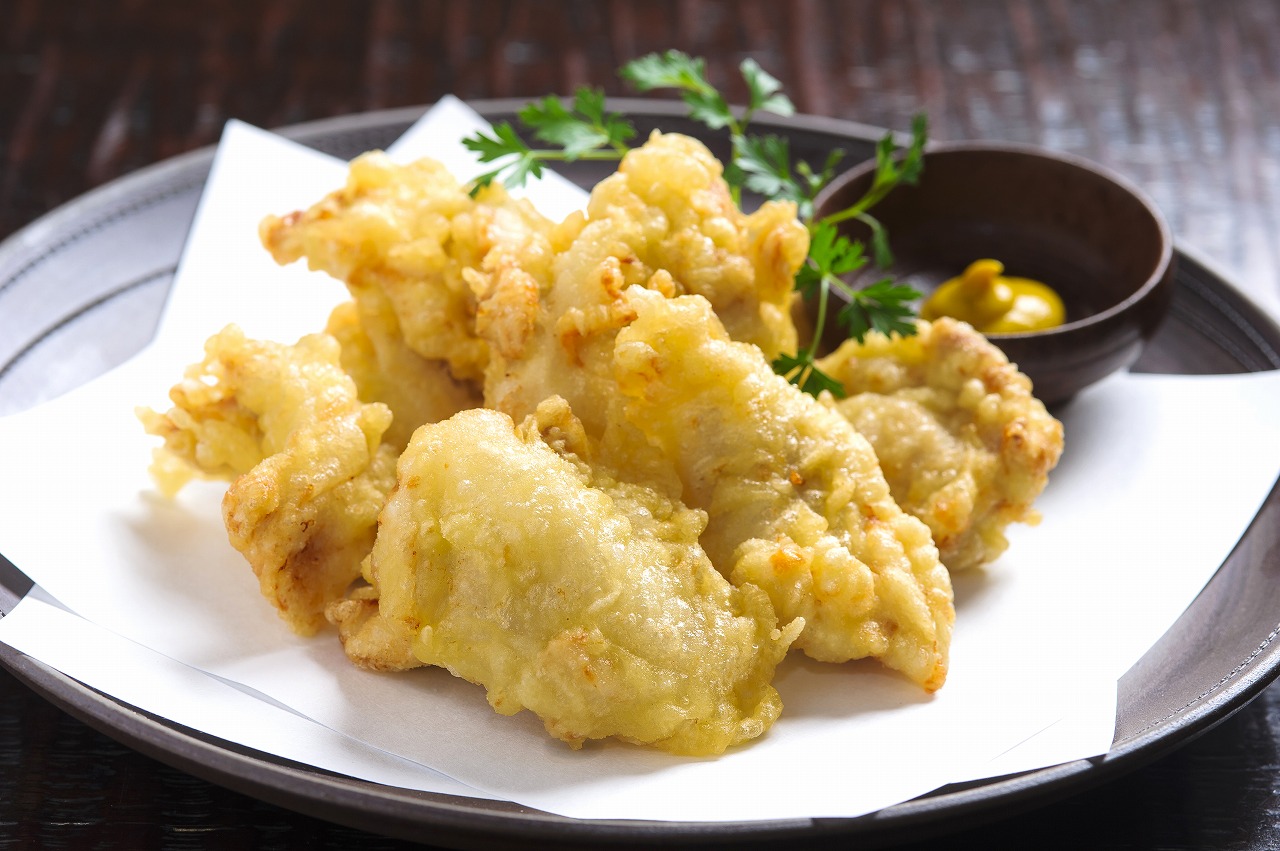Oita Shochu (Oita Prefecture)

[Map of Oita Prefecture to be inserted]
Oita barley shochu received its Geographical Indication (GI) designation in 2019. Oita Prefecture, known as a major producer of barley shochu, has developed its unique shochu culture through its rich natural environment and long-cultivated techniques. In particular, the Kunisaki Peninsula area of Oita Prefecture is considered "the birthplace of barley shochu," and this tradition has been continuously passed down to the present day.
1.Historical Background
Historically, shochu production is said to have begun between the late 16th and early 17th centuries. At that time, Oita was known for producing high-quality barley, and shochu production developed utilizing this abundant raw material. Particularly during the Edo period, unique production methods were established in various regions, forming the foundation of today's barley shochu. The warm climate and fertile soil of the region enabled the production of high-quality barley, which became the foundation for excellent shochu production.
2.Manufacturing Characteristics
The main characteristic of production is the use of barley as the raw material, with careful fermentation management using either white or black koji mold, and single distillation processing. Using Oita's pure water for brewing results in a refreshing taste. In the manufacturing process, barley is first selected and steamed, and koji mold is cultivated. Then, primary fermentation occurs with koji and water, followed by secondary fermentation where steamed barley is added. Finally, the raw alcohol is produced through single distillation and becomes the final product after an appropriate storage period.
3.Taste and Drinking Styles
The taste is characterized by the savory aroma of barley and a clean flavor profile. It features the natural sweetness and aroma of barley with a crisp finish, typically having an alcohol content of around 25%. The high-quality ingredients and careful manufacturing process result in an easy-to-drink shochu with deep flavor. Various drinking styles are enjoyed to match Oita's climate and food culture: mixed with water to fully enjoy the barley aroma, with hot water for increased smoothness, on the rocks for refreshment in summer, and recently, mixing with carbonated water has become popular.
4.Compatibility with Local Cuisine
It pairs excellently with Oita's local cuisine. The combination with Toriten (Oita-style chicken tempura) is particularly outstanding, with the clean shochu cutting through the oil of the batter and enhancing the chicken's umami. It also harmonizes beautifully with local dishes like "Ryukyu" made with fresh fish and the simple flavors of "Dango-jiru" soup. It pairs well with premium local fish like Seki-aji and Seki-saba, enhancing rather than overwhelming their delicate flavors.
[Image of Toriten]

5.Relationship with Local Specialties
The shochu also has deep connections with Oita's specialty products, pairing well with fragrant dried shiitake mushrooms and the refreshing citrus kabosu. It matches perfectly with local premium ingredients like Jokagerei (flounder) and Bungo beef, enhancing their flavors. These pairings represent the crystallization of wisdom cultivated through years of food culture.
6.Modern Initiatives
Modern Oita barley shochu maintains traditional production methods while actively pursuing new initiatives. They strive for further quality improvement through strengthened quality control of raw barley, manufacturing process improvements, and aging technique research. Product development for younger consumers, such as low-alcohol products and cocktail bases, is also underway. Environmental considerations are emphasized, including energy-efficient production and effective use of by-products to reduce environmental impact.
7.Significance of the Geographical Indication System
With the GI designation, quality standards for Oita barley shochu have become clearer. Production is limited to within Oita Prefecture, requiring the use of barley as the main ingredient and adherence to traditional production methods. This designation serves as an important system guaranteeing the quality and tradition of Oita barley shochu.
8.Contribution to Tourism
Tourism initiatives are active, with distillery tours and tasting events providing opportunities for tourists to directly experience the appeal of Oita barley shochu. Each distillery is developing tour courses and establishing direct sales outlets to strengthen their capacity to welcome tourists.
9.Regional Cooperation and Overseas Development
The relationship with the local community is strong, with ongoing cooperation with local agriculture and food industries. Local development includes product development using locally produced barley and collaborations with regional specialty products. Overseas expansion is also progressing, with exports increasing due to growing demand, particularly in Asian markets.
10.Conclusion
Thus, Oita barley shochu continues to develop while maintaining a balance between tradition and innovation. With its GI designation, its value has increased further, establishing a solid position as a representative Japanese authentic shochu. Further development is expected while continuing to meet contemporary needs.



